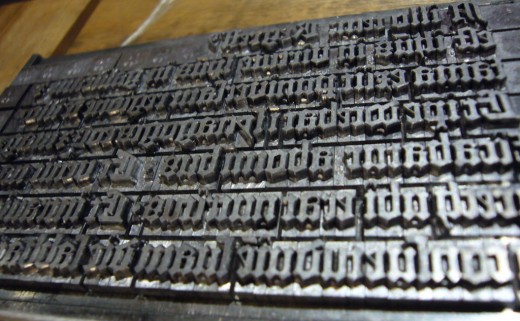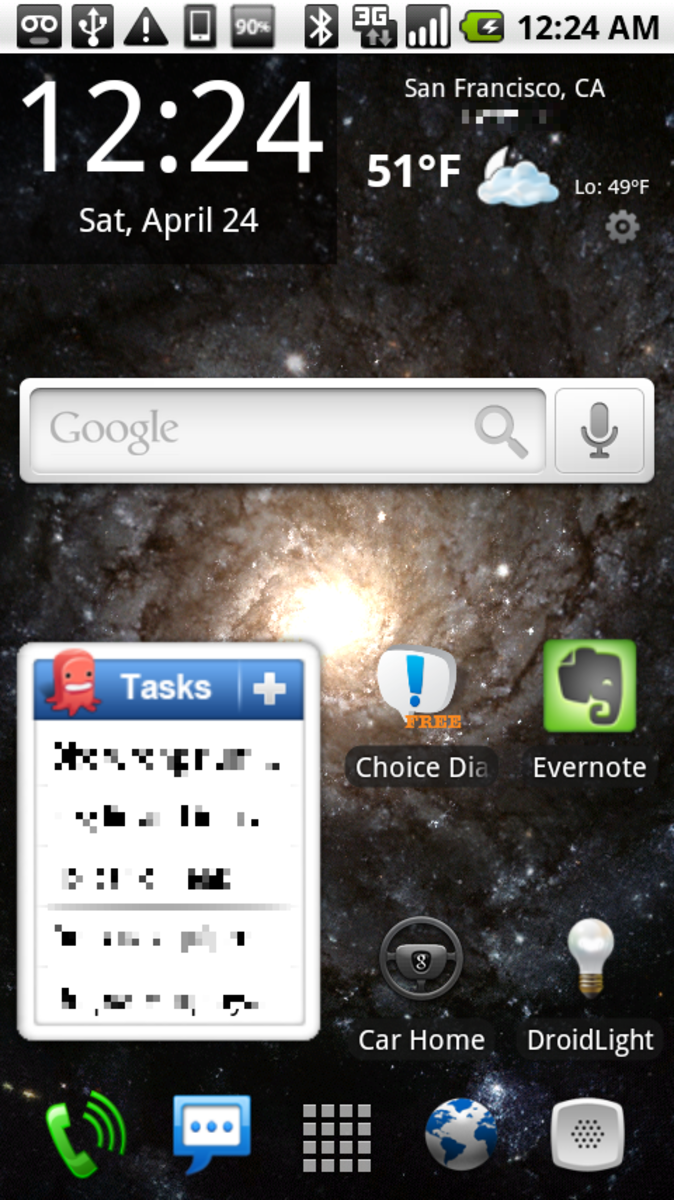The Beginning of Printing

Early Printing
The ancient Chinese knew the art of printing from woodblocks, from which metal engraving plates and stone lithographs developed. However, they did not use this technology for printing books, which was what Gutenberg was interested in, but textiles and wall coverings.
Gutenberg set up his press in around 1450 in the city of Mainz in the Rhineland. This was a combination of several technologies, such as the goldsmith’s punch, the Roman winepress and paper that would retain a printed impression without smudging.
However, the most important innovation was the use of moveable type, such that small blocks representing individual letters and numbers could be placed together in a frame, inked, used for printing as many copies as were required, then removed from the frame and re-assembled for use on a different page of text.
The ability to produce hundreds of copies of the same text made possible the distribution of knowledge to a wide range of people, and not just the privileged users of manuscripts that were both slow and expensive to reproduce by hand.

The Influence and Spread of Printing
This therefore had a huge influence both on the Reformation of religious life in Europe and a surge in intellectual life based on the growing secular universities. Early texts printed by Gutenberg included editions of the Bible and the “Book of Universal Knowledge” which was a 13th century encyclopedia. This work was the first item of secular literature ever to reach a mass circulation.
Gutenberg’s idea spread far and wide, with innovators including William Caxton who saw a printing press at work in Cologne and set up his own in London in 1476. By this time there were already printers at work in Basle, Rome, Paris, Cracow and elsewhere.

The Censorship of Printing
The innovation of printing was not accepted everywhere as being a welcome move. There would always be people, most notably Church leaders, who did not want ordinary people to gain knowledge independently of themselves, and even less did they want ideas that ran contrary to their teachings to reach the minds of ordinary people.
Ironically, the city of Mainz became the cradle of censorship as well as of the printing press. The Archbishop of Mainz, in conjunction with the city of Frankfurt, set up a censorship office in Mainz in 1486 so that all items produced by the Gutenberg press would be surveyed to see if they were “safe” for general release. One of the censorship office’s first decrees banned the printing of translations of the Bible into modern languages.
However, even though the world of Christianity did not embrace the innovation of printing wholeheartedly, it was way ahead of that of Islam, which banned printing entirely until the 19th century.
Sources
This article was compiled entirely from print sources, namely:
DAVIES, Norman Europe: a history. Pimlico, 1997
HALL, J & KIRK, J (Eds) History of the World. J G Press, 2013
Further information can be found here:
- Johannes Gutenberg | Printing Press, Facts, & Biography | Britannica.com
Johannes Gutenberg: Johannes Gutenberg, German craftsman and inventor who originated a method of printing from movable type. Unique to his invention were a durable type-metal alloy, an oil-based ink that adhered well to metal type and transferred wel



